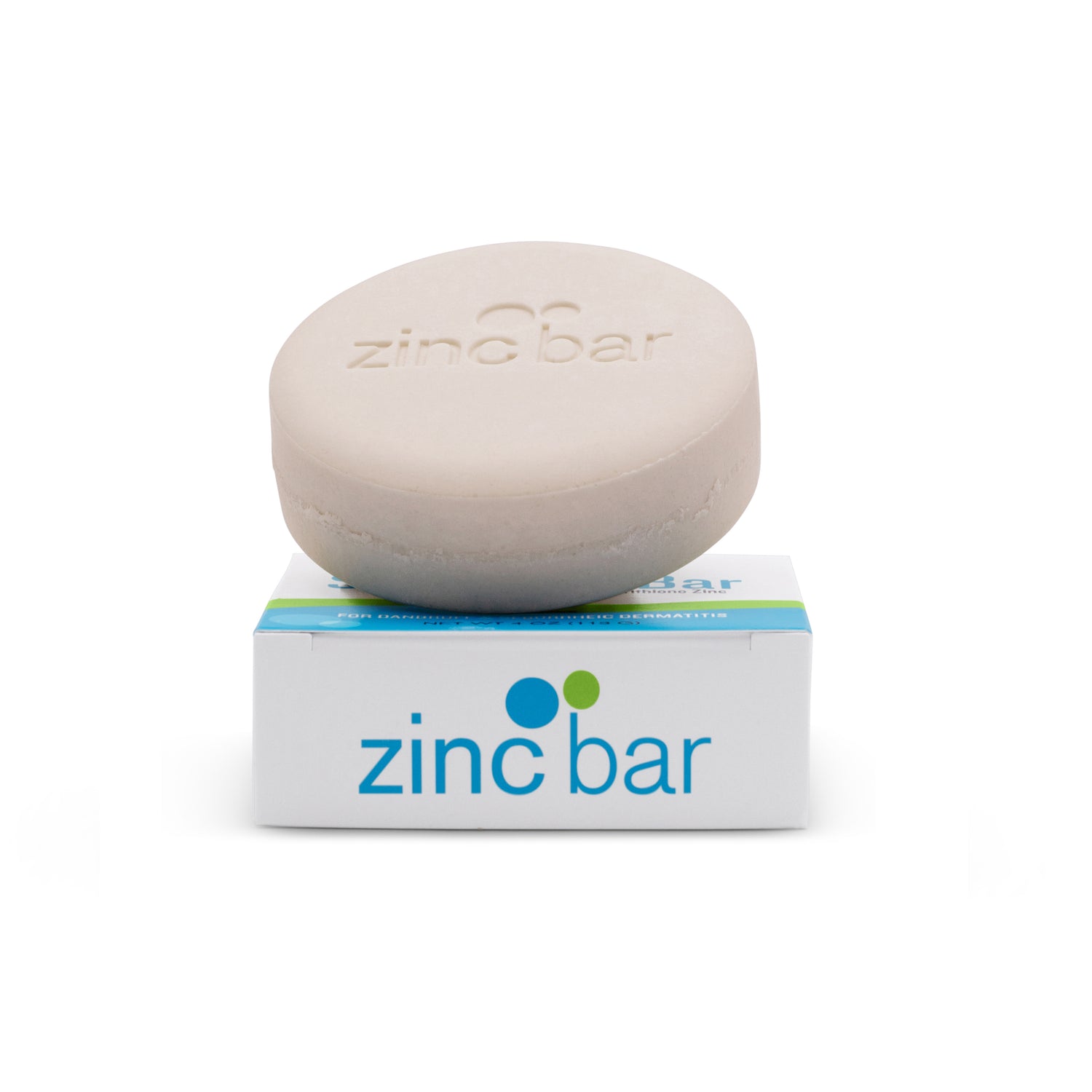Guttate Psoriasis
Overview
Guttate psoriasis often starts in childhood or young adulthood. It often comes on quite suddenly. Guttate psoriasis is most often triggered by upper respiratory infections (for example, a sore throat caused by streptococcal bacteria). However, many other conditions, including colds, chicken pox and tonsillitis, have been found to trigger attacks of guttate psoriasis.
Organism: Streptococcus pyogenes
This group A streptococcal bacterium is responsible for most cases of streptococcal illness. Other types (B, C, D, and G) may also cause infection. Group B streptococci cause most streptococcal infections in newborns and maternal post-labor/delivery infections.
Some of the major syndromes associated with group A strep infection are:
- streptococcal pharyngitis or "strep throat"
- scarlet fever, most often preceded by a sore throat
- skin infections (impetigo, cellulitis, erysipelas)
- focal infections limited to a particular body site, e.g., pneumonia, septic arthritis
- bacteremia, sepsis, streptococcal toxic shock syndrome
- necrotizing fasciitis
- the complications of streptococcal infections, acute rheumatic fever and poststreptococcal glomerulonephritis
What does it look like?
Guttate (GUH-tate) psoriasis looks like small, red, individual drops on the skin. These lesions generally appear on the trunk and limbs, and sometimes on the scalp. They usually are not as thick or as scale-covered as plaque psoriasis.
Guttate psoriasis may resolve on its own, leaving a person free of further outbreaks. Or, it may clear for a time only to reappear later as patches of plaque psoriasis. Sometimes guttate can flare throughout childhood, often due to repeated bouts of strep infection or other upper respiratory illnesses.

